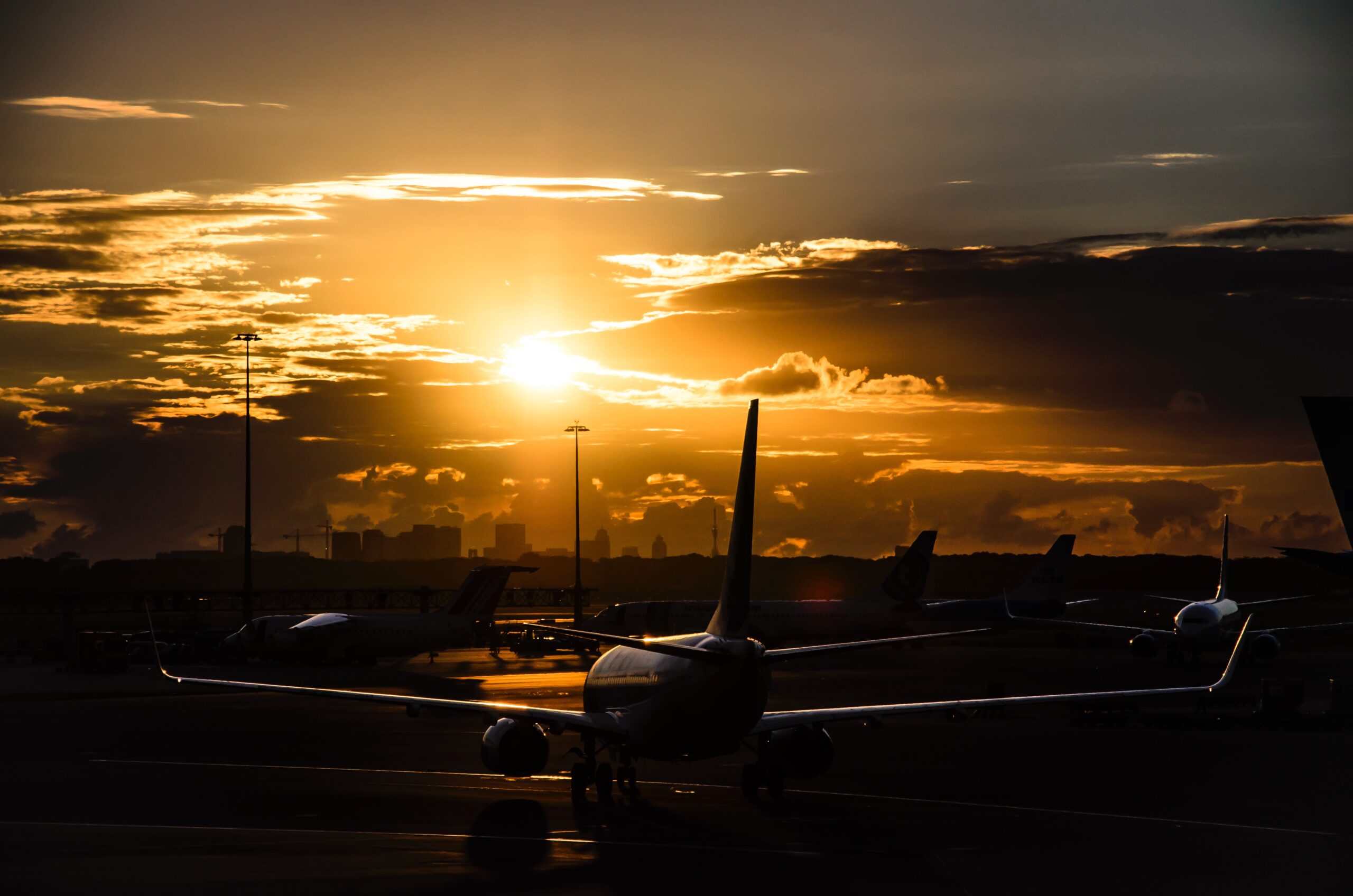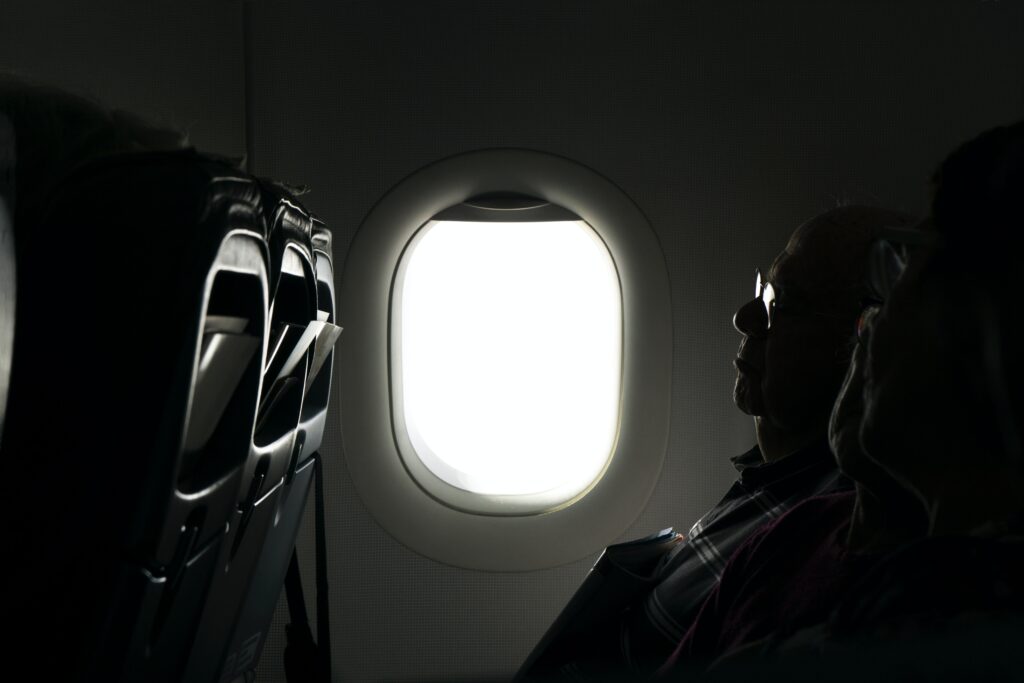Air travel during the summer is rarely easy, but this year’s record-shattering heat is throwing new challenges at airlines and passengers. The extreme temperatures are forcing carriers to reduce weight so they can take off in the lighter air, The Wall Street Journal reports. Airlines are also taking additional steps to cool the cabin before planes taxi and take off. The need for this was highlighted earlier this month when passengers on a Delta Air Lines plane leaving Las Vegas endured 111-degree heat for three hours due to a taxi delay. The Transportation Department is investigating the incident.
By Rob Sacks, Editor at LinkedIn News
How Airlines are Adapting to Extreme Heatwaves Sweeping the Country
High temperatures require more effort for aircraft takeoff, prompting airlines to cut passenger loads and reduce weight to avoid flight disruptions

Airlines across the United States have recently implemented some unusual measures, including cutting passenger numbers on certain flights, to help their aircraft cope with the intense heatwaves sweeping across the country.
Although flight delays, cancellations, and diversions due to high temperatures have been kept to a minimum, multiple carriers have confirmed that they are taking extra precautions to ensure minimal disruption.
In some cases, airlines have had to reduce passenger numbers on flights to and from cities severely affected by extreme temperatures. They have also had to adjust their schedules to allow planes to take off earlier or later in the day. Additionally, carriers have been forced to reduce fuel or baggage loads to ensure safe takeoffs and landings in these extreme weather conditions.
Airlines have had to implement certain measures due to the potential dangers of extreme heat on aircraft takeoffs. High temperatures cause the air to become less dense, which can significantly impact the lift an aircraft can generate. In order to compensate for this effect, planes may require longer runways or carry less weight to achieve the lift needed for takeoff. As a result, airlines have had to adopt weight-reduction measures to ensure safe departures.
“Additional protocols have been put in place to address the operational impacts extreme heat has on aircraft, including loading less fuel to account for weight and balance and schedule refueling along the route when needed,” said Delta Air Lines.
Meanwhile, a spokesperson for American Airlines said: “Though we’ve had a very small number of diversions and delays related to high temperatures, the plan we have in place has allowed us to avoid significant impact.”
In addition to affecting the operational ability of aircraft, the intense heat is also causing uncomfortable conditions for passengers within the aircraft. While airplanes are usually hooked up to external cooling units when parked at the gate, the air is typically drawn in from the engines while taxiing and idling on the runway, which can quickly increase temperatures in the cabin when it is so hot outside.

This was evidenced on a recent flight from Las Vegas (LAS) to Atlanta (ATL) last Monday. With outside temperatures reaching an uncomfortable 111°F (44°C), a delay meant that passengers were forced to wait inside the aircraft on the tarmac for four hours, exacerbated by a faulty air conditioning unit. The stifling conditions caused at least five people on board to lose consciousness, with some being taken to hospital, and the incident is now being investigated by the Department of Transportation (DOT).
Low-cost carrier Allegiant Air, based at Las Vegas Harry Reid International, has confirmed that it is delaying flights at certain times of the day when necessary to avoid the extremely high temperatures across the region.
Other airlines, including Delta, American, and United Airlines, have confirmed that they have also implemented measures to keep their ground operational staff and baggage handlers safe during the intense heat, such as allowing more frequent breaks, providing more water and access to shade, air conditioning, and cooling towels.
by Fergus Cole, Business Traveler











